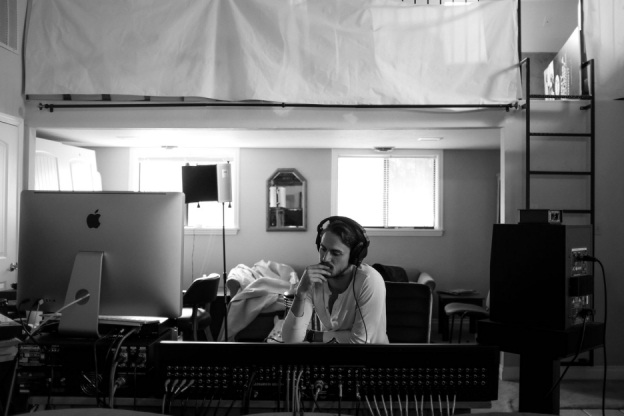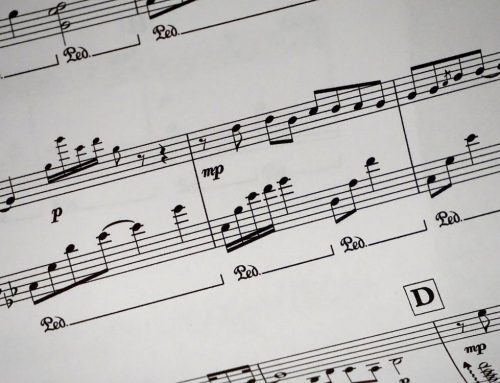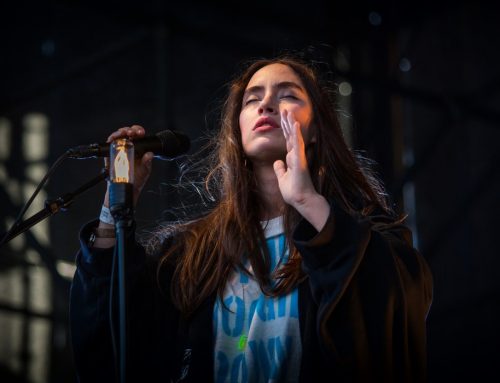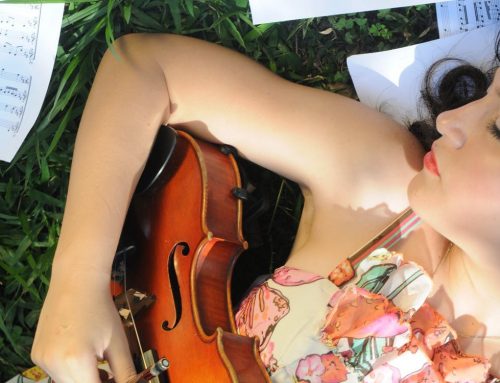Electronic music has literally exploded in the past decade. That being said, the electronic music umbrella genre or Electronica, has been around for some time!
What some might not know is that electronic music is not just restricted to techno, EDM, D & B and other closely associated genres. Electronic music has evolved, branched out and even hybridized (something we will touch on towards the end of this blog)!
For those of you who wish to deepen your knowledge of electronic music, we have listed 5 absolutely brilliant genres that fall under the larger category of electronic music! We have also provided some basic info on what they are about and groups or individuals to listen to.
House
It would be unfair to proceed without a nod to house music! Mother to a host of sub genres; electro-house, tech-house and progressive-house to name a few, house music has been on the scene since the 1980s. The beat count for house music can rage anywhere between 120 – 145 bpm depending on the subgenre, track/set and musician/D.J. Some artists worth mentioning on the house scene include Anthony Papa, Tiesto, Satoshi Tomiie, Steve Lawler and John Digweed.
Ambient
With ambient music, the focus is taken away from rhythm and is diverted to the tone of the music being made as well as it’s atmospheric effect hence the word; ‘ambient’. This form of electronic music was initially supported by composers from places including Japan, Jamaica and the U.K. Some extremely note worthy groups that compose this genre of music include Apex Twin, Tangerine Dream, Brian Eno and Sigur Ros.
Trip Hop
Trip hop is one of the most interesting and diverse genres in electronic music. Trip hop shares certain commonalities in terms of origin with other genres such as dub-step, ambient, soul and funk to name a few. Having come far from its humble Bristol underground roots, trip hop has proceeded to involve a lot of the popular music we hear today. Noteworthy, rather, some absolutely brilliant artists include Massive Attack, Portishead, RJD2, Nightmares on Wax and Bjork.
Breakbeat
Recognized by its unique and heavy laying of percussion sounds, breakbeat has often been over shadowed by more popular forms of electronic music. Breakbeat tracks are for the most part edgier that other forms of electronic music. It can also be mistaken for played and recorded sound because of the extensive percussion use. That being said, some seriously accomplished musicians on the breakbeats scene include the Chemical Brothers, Freestylers, the Crystal Method and Prodigy.
Dubstep
With base influences extending to reggae, this genre developed in the UK during the late 1990s. Dubstep usually comprises of down tempo compositions, extensive electronic distortions and a powerful bass.
The beat count is more often than not between 138 and 142 beats per minute. Many music enthusiasts sometimes complain that dubstep can become slightly monotonous. That being said there are always artists who know what they are doing! In this case, they include Skrillex, Dead Mau5 (the 5 represents an s), Knife Party and Mt. Eden to name a few!
Conclusion
As we said earlier, electronic music has come a long way, both in how it is produced as well as in the resulting musical sound. The genres mentioned here are but a few of many. Further, there are hybrid genres that have quickly penetrated the mainstream music market. These include folktronica, inditronica and electro-rock among others. If you want to make some electronic music of your own and are looking for the best software to compose music, look no further. We might have exactly what you need!
Music Jotter is an easy to use music notation software that allows you to create, analyze, sample and play back music via realistic playback or semi-real time recording.






